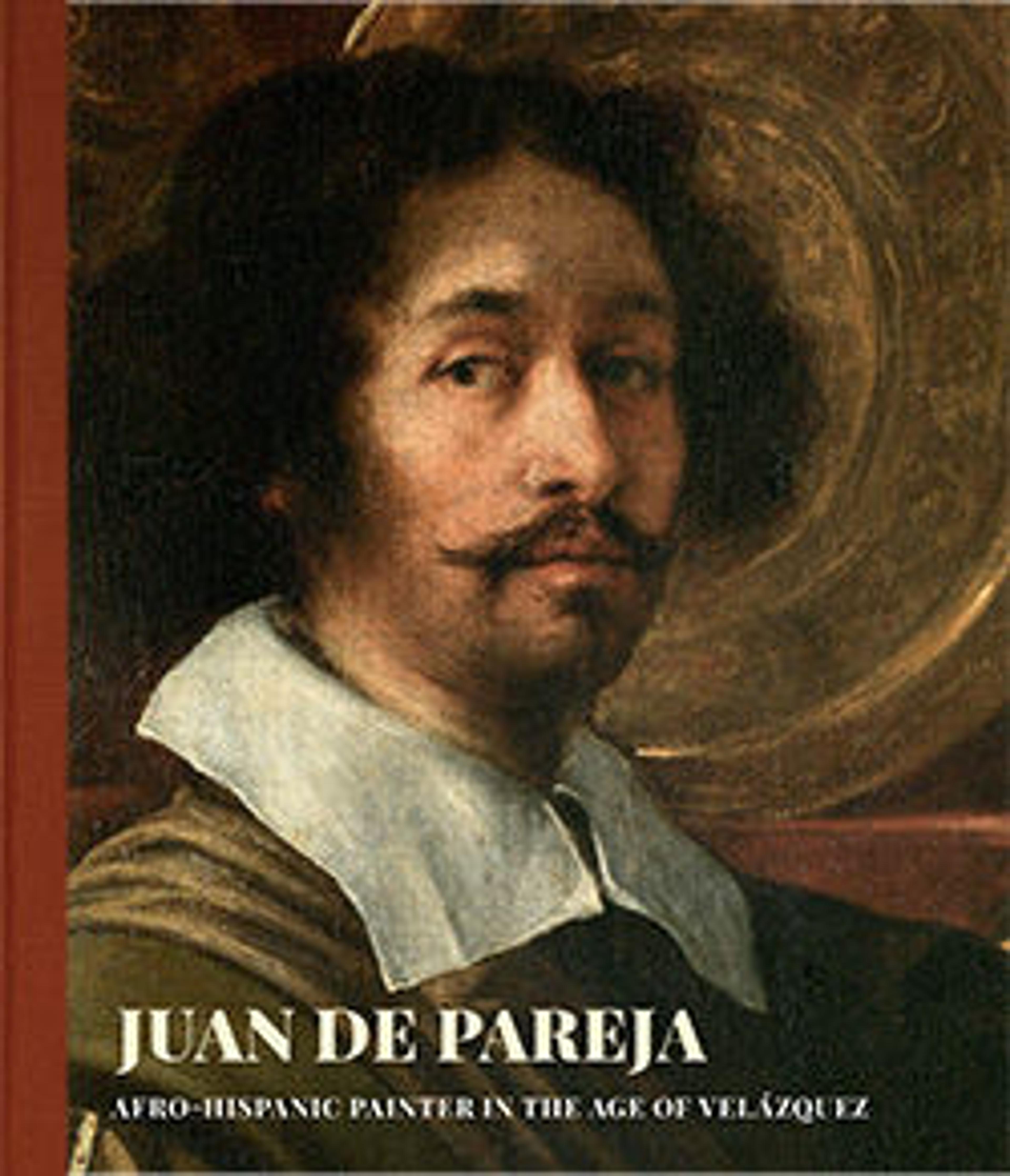Battle between Christians and Muslims at El Sotillo
Between 711 and 1492 Muslim North Africans controlled large parts of Spain, battling for territory with the kingdom’s Catholic rulers. This history propelled centuries of persecution by Spanish kings of remaining Muslim populations. In 1609 people who had been forced to convert to Christianity from Islam, known as Moriscos, were forcibly exiled, and many who remained were enslaved. This painting embodies Spanish Catholics’ persistent interest in shaping these narratives hundreds of years later. It shows an alleged miracle that took place in 1370, when Muslim troops prepared to ambush a Catholic encampment under cover of night but were revealed by the Virgin Mary, who suddenly illuminated the sky. It was once the centerpiece of a fifty-foot-tall altarpiece that Zurbarán completed for a monastery near the site of the battle.
Artwork Details
- Title:Battle between Christians and Muslims at El Sotillo
- Artist:Francisco de Zurbarán (Spanish, Fuente de Cantos 1598–1664 Madrid)
- Date:ca. 1637–39
- Medium:Oil on canvas
- Dimensions:Arched top, 131 7/8 x 75 1/4 in. (335 x 191.1 cm)
- Classification:Paintings
- Credit Line:Kretschmar Fund, 1920
- Object Number:20.104
- Curatorial Department: European Paintings
Audio
5158. The Battle between Christians and Moors at El Sotillo
0:00
0:00
We're sorry, the transcript for this audio track is not available at this time. Please email info@metmuseum.org to request a transcript for this track.
More Artwork
Research Resources
The Met provides unparalleled resources for research and welcomes an international community of students and scholars. The Met's Open Access API is where creators and researchers can connect to the The Met collection. Open Access data and public domain images are available for unrestricted commercial and noncommercial use without permission or fee.
To request images under copyright and other restrictions, please use this Image Request form.
Feedback
We continue to research and examine historical and cultural context for objects in The Met collection. If you have comments or questions about this object record, please contact us using the form below. The Museum looks forward to receiving your comments.
